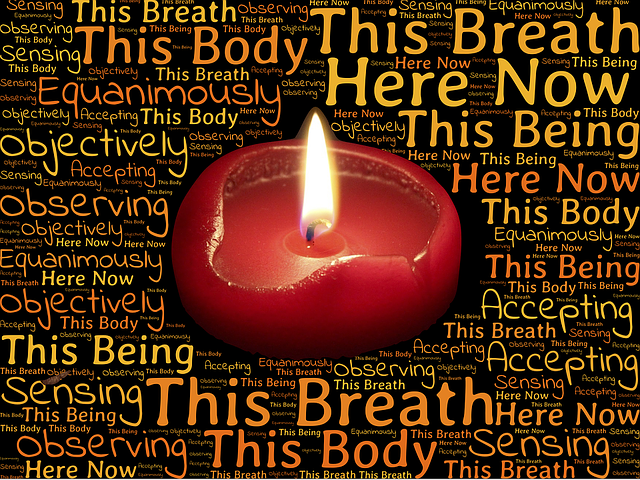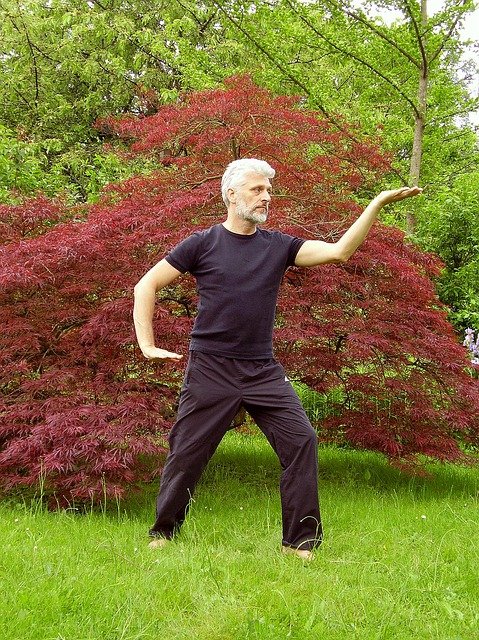James Nestor’s book, Breath: The New Science of a Lost Art, encourages us to breathe with intention. Drawing on the latest research in physiology, psychology, biochemistry and pulmonology (specialising in the respiratory system, including lungs and airways) to put forward the case for us to make a concerted effort to improve our breathing. He argues, with solid evidence, that deficient breathing underlies many health issues such as hypertension, migraine, asthma, anxiety, depression, scoliosis, and allergy. James even provides an additional bibliography of research he has undertaken beyond the publication of his book.
James describes in his book how he often used himself as a research subject, on occasions accompanied by fellow researcher, Anders Olsson. In a video podcast interview, Anders describes their joint “Mouth Breathing Experiment”. He contends as a result of research with athletes that “mouth breathing can put the body into a state of stress that can make us more quickly fatigued and sap athletic performance”.
Both James and Anders advocate for nose breathing over mouth breathing and explore the benefits of the former along with the health issues caused by the latter. James’ book draws on a wealth of research to support their position in advocating nose breathing. James also explores the benefits of efficient exhaling, holding your breath and chewing effectively.
Based on his extensive research, James contends in his book that breathing techniques developed over thousands of years have multiple benefits – they provide us with the means to balance our minds and moods, boost blood flow, straighten our bodies and stretch our lungs. He maintains that, in consequence, these breathing practices enable us “to sleep better, run faster, swim deeper, live longer, end evolve further”.
Breathing exercises
James draws on ancient breathing practices to provide a compendium of breathing exercises that can be undertaken by anyone. The written descriptions of these practices provided in his book are supported by breathing video tutorials on James’s website.
Some of the breathing practices covered in his book include:
- Yogic breathing (also described in a video on his website) – involving consciously inhaling into the stomach, lower rib cage and the chest followed by exhaling in the opposite sequence.
- Box breathing – for achieving calm and focus in situations that are tense. This entails a sequence of inhaling, holding, exhaling and holding, each to a count of four.
- Resonant breathing – achieves coherence between lungs, heart and circulation thus maximising the body’s performance. Fundamentally, this breathing practice involves inhaling softly for 5.5 seconds and exhaling for the same period.
- Breathing coordination – increases the efficiency of the respiratory system. Involves breathing through the nose for a count of ten (counting out softly as you go), then doing a similar process for exhaling (allowing a quiet tapering of the voice as the lung completely empties).
Reflection
James’ book highlights the fact that we unconsciously breathe 25,000 times day and we often breathe too quickly, too shallowly and without resting in a holding pattern – all of which places strain on our body and our individual organs. As we grow in mindfulness through breathing with intention, we can attain calm, clarity and good health.
I wrote the following poem after reflecting on James’ book and our Creative Meetup discussion of “breathing”:
Until Our Last Breath
They talk of…
“The War to End All Wars”.
Yet we go on killing others and ourselves.
Life goes on…until it doesn’t.
Waves approach and recede,
slapping the shore,
with echoes of times past,
the rhythm of life.
A new day dawning,
the sun rises lighting the sky,
birds twitter,
the sky changes hues.
We breathe in and out,
chest and abdomen rising and falling,
life-giving energy and healing,
we take for granted.
Yet in slowing and lessening our breathing,
we heal ourselves,
extend our lives,
grow our insight and wisdom.
Breath is the ease of life
until we struggle,
obstructed by our ignorance,
overcome by the vicissitudes of living.
Breath is our life,
until our last breath.
___________________________________________
Image by Tung Lam from Pixabay
By Ron Passfield – Copyright (Creative Commons license, Attribution–Non Commercial–No Derivatives)
Disclosure: If you purchase a product through this site, I may earn a commission which will help to pay for the site, the associated Meetup group and the resources to support the blog.









